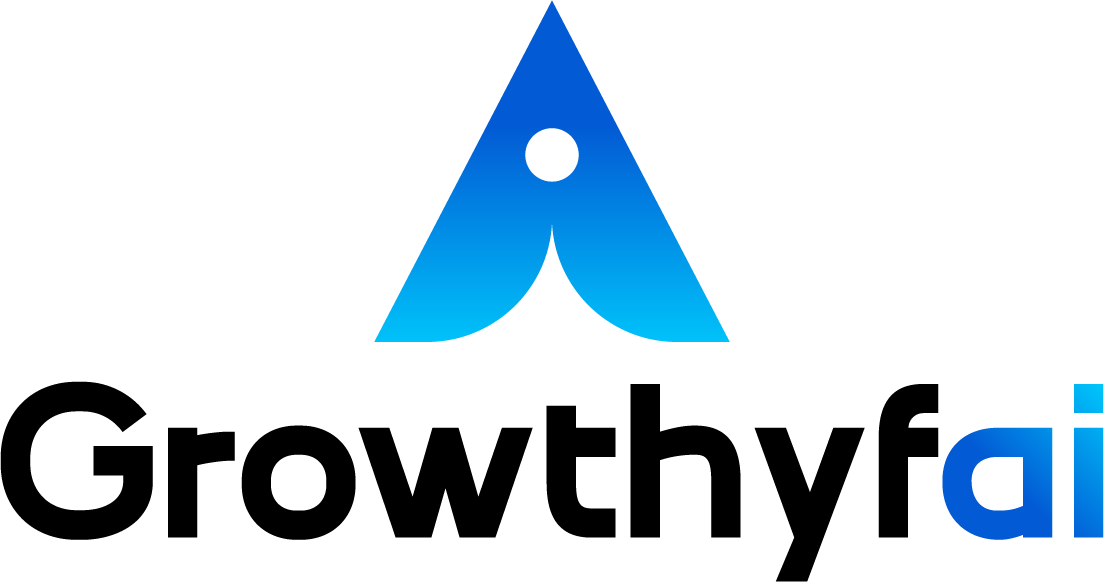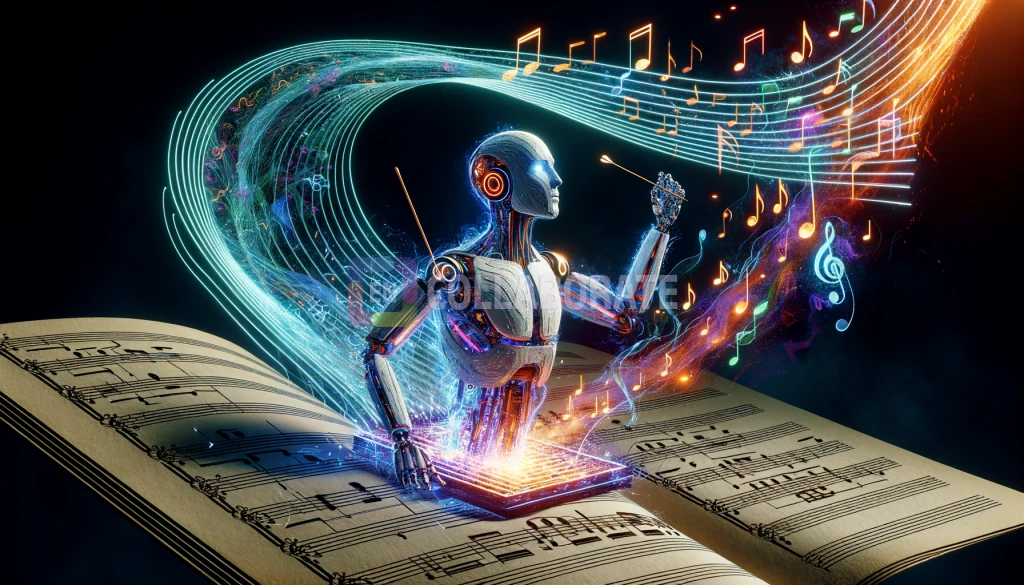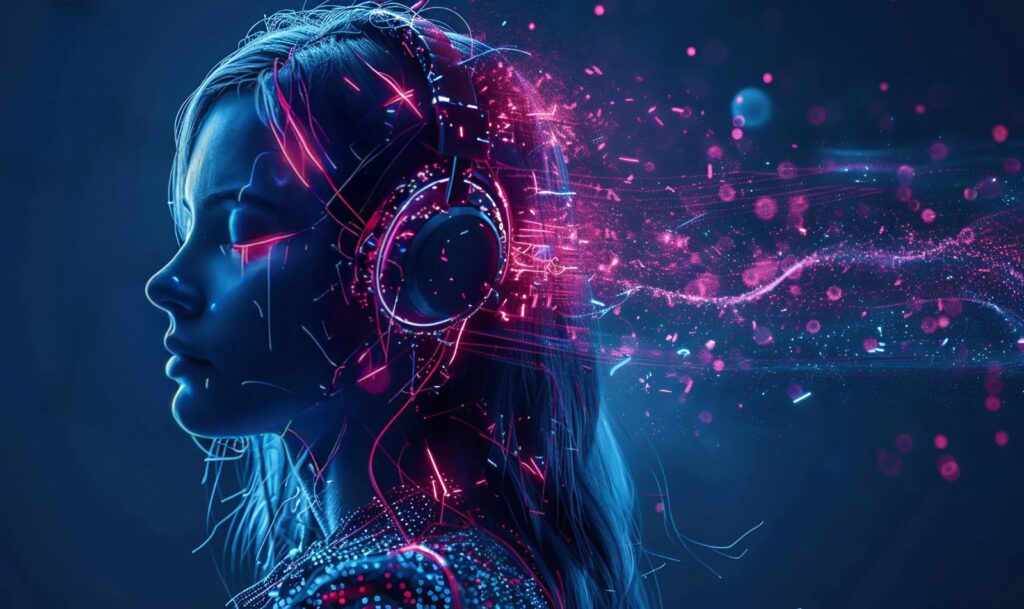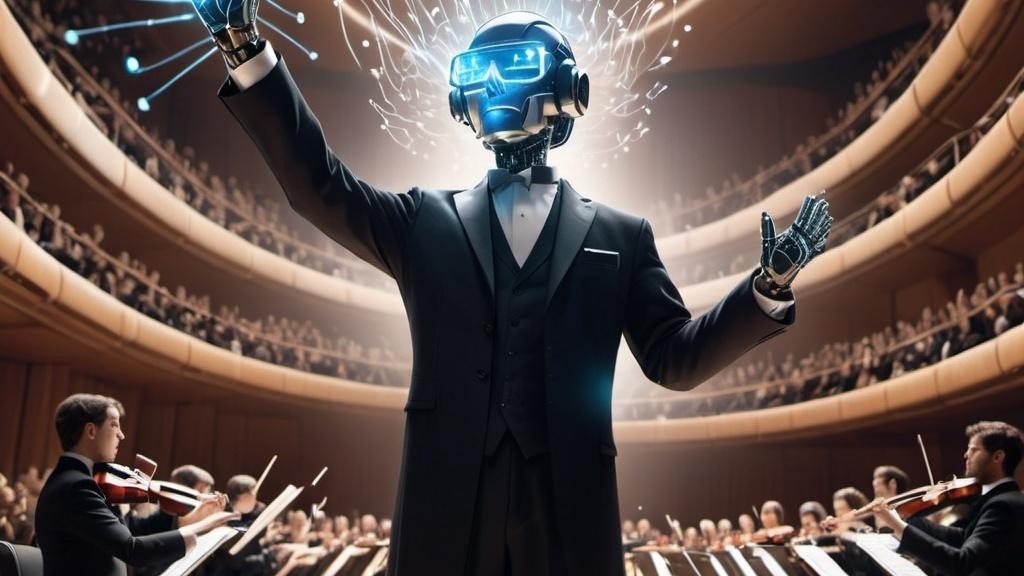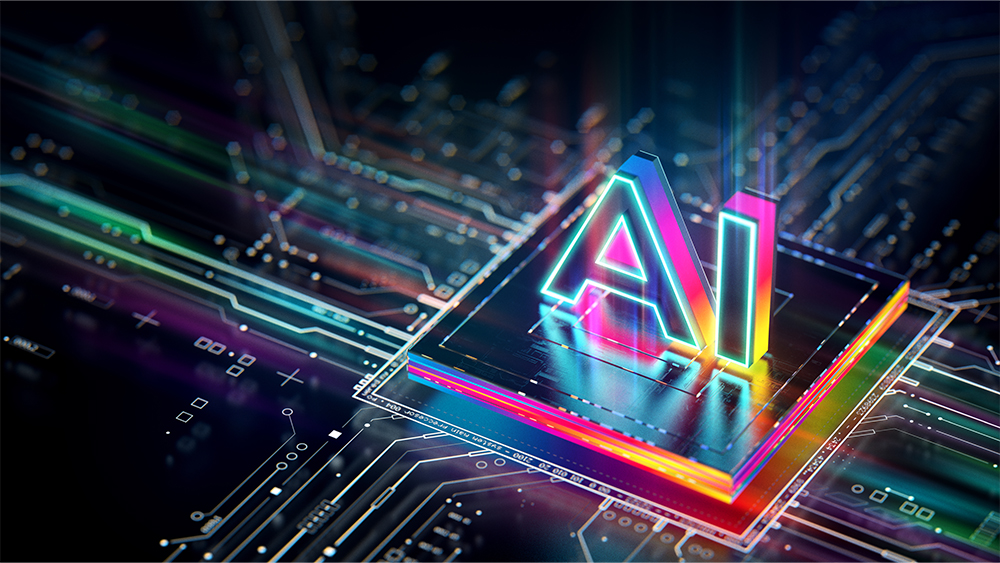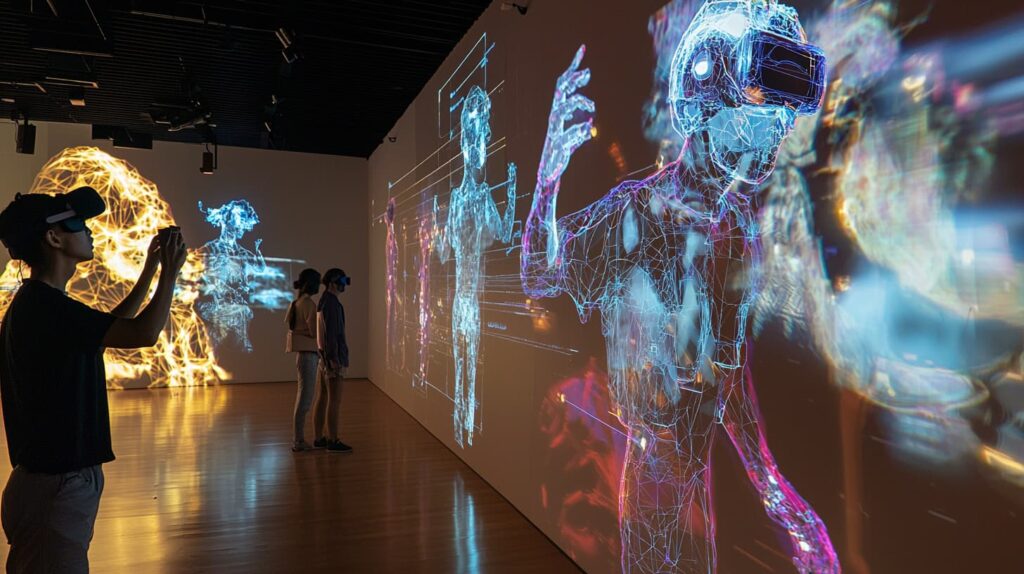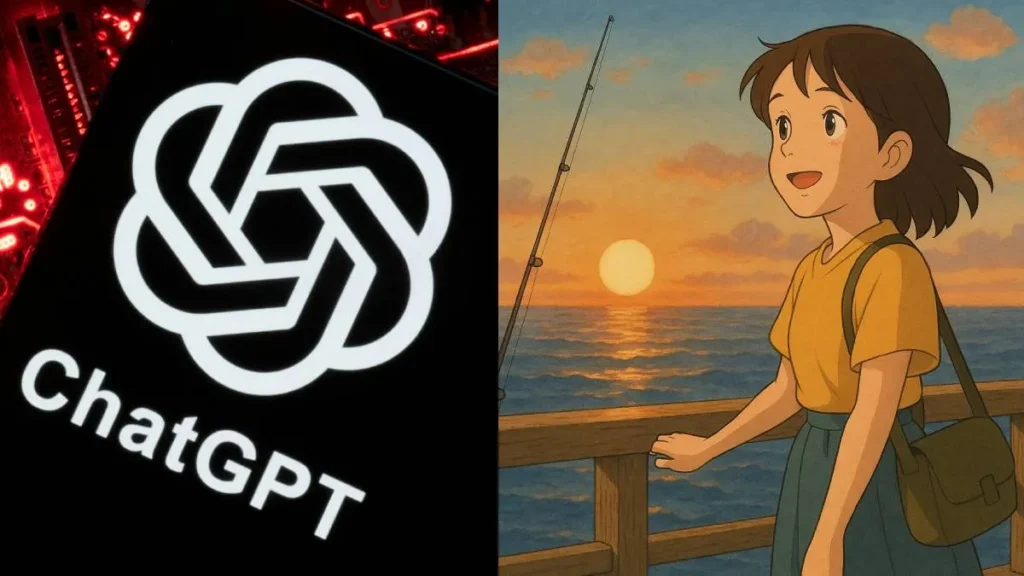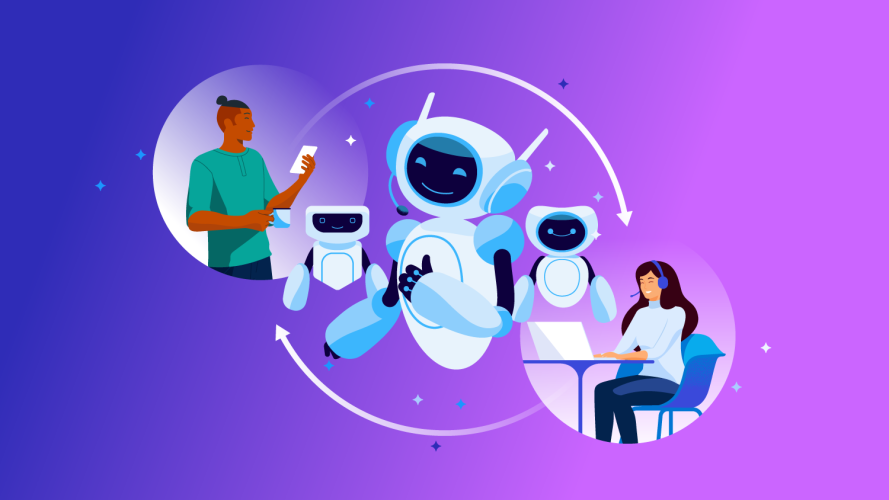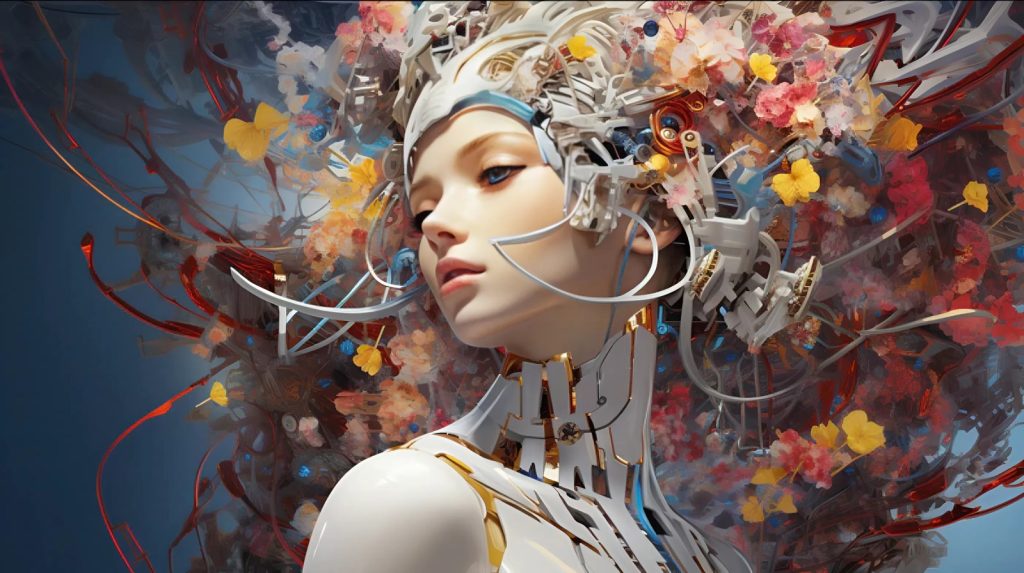Breakthrough AI Models Revolutionize Art and Music Creation.
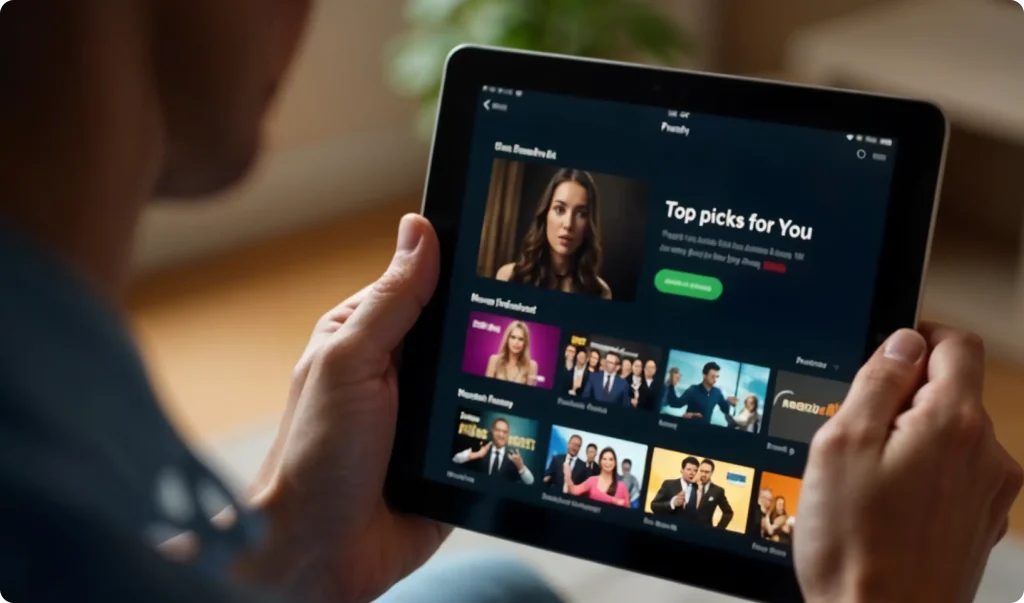
AI News: Breakthrough AI Models Revolutionize Art and Music Creation
The intersection of technology and creativity heralds a new era where artificial intelligence (AI) is increasingly playing a central role in the creation of art and music. This revolution is being propelled by groundbreaking AI models that are enhancing the capabilities of artists and composers while introducing entirely novel forms of expression. In this blog post, we explore the innovative AI models transforming the landscape of art and music, examine their impact, and consider the broader implications for the creative industry.
—
The Evolution of AI in Creative Fields
Historically, the notion of machines undertaking creative tasks was considered the domain of science fiction. However, rapid advancements in AI and machine learning have made this a reality. Abstract creations once thought elusive to automation—artistic styles, musical compositions, and beyond—are now within the reach of algorithms. Such progress is catalyzed by novel AI models that simulate patterns, styles, and innovations similar to those achieved by human creators.
—
AI Models Unlocking Artistic Potential
Recent breakthroughs in algorithms and computing power have led to the development of AI models such as Generative Adversarial Networks (GANs) and transformers that can produce impressive artworks. GANs, which pit two neural networks against each other to generate increasingly realistic images, have become particularly potent tools for artists looking to explore new dimensions.
One prominent example is the AI model DALL-E, developed by OpenAI, which can generate images from textual descriptions. Artists are leveraging DALL-E to expand their canvases and explore uncharted aesthetics. Another innovative platform, DeepArt, uses neural networks to reinterpret uploaded photos in the styles of famous artists, providing users with fresh perspectives and transformative artwork versions.
Furthermore, AI-based platforms such as Artbreeder and RunwayML are democratizing art creation by enabling anyone with an Internet connection to create unique and high-quality art pieces. These tools empower artists by providing them with new methodologies and capabilities they wouldn’t have had otherwise.
—
AI Models Transforming Music Composition
In the music world, AI is reshaping how compositions are crafted. AI models like OpenAI’s MuseNet and Google’s Magenta project have added new dimensions to music creation. MuseNet, for instance, can compose musical pieces with up to ten different instruments and, remarkably, in various styles from classical to jazz to pop.
AI in music creation allows musicians to experiment with different genres and styles more freely than ever before. Artists such as Holly Herndon and Taryn Southern have already begun to harness the power of AI by collaborating with AI composers to craft new albums. This fusion creates original, innovative tracks that push the boundaries of what’s musically possible.
Moreover, AI’s ability to analyze vast amounts of musical data enables it to detect patterns and themes which might elude human composers. This leads to the creation of intricate compositions that blend human and artificial creativity seamlessly.
—
Impacts on the Art and Music Industries
The integration of AI into the creative sector has significant implications for both industries. For artists and musicians, AI opens up expansive new possibilities for creation, allowing them to explore complex techniques and styles and lowering the entry barriers for emerging talent.
Nevertheless, the rise of AI in creative fields also raises questions about authorship, ownership, and the role of human inspiration. While AI can mimic styles and generate innovative work, the human touch—the emotions, experiences, and intentions behind a piece—remains incomparable.
From a commercial perspective, AI has the potential to transform how content is produced and consumed. Companies can utilize AI algorithms to personalize content to audience preferences, leading to highly tailored user experiences. This personalization can help creators better engage their audiences by aligning content with audience tastes and trends.
—
Broader Societal and Cultural Considerations
As AI continues to integrate into the world of creativity, it brings along societal and cultural considerations. There is an ongoing debate about the implications of AI-generated works on cultural heritage and the preservation of human-centric art forms. Some critics argue that the proliferation of AI-generated art might overshadow traditional methods, while others envision a future where AI augments the human capacity to create more sophisticated and culturally rich works.
Nonetheless, AI’s role in enhancing diverse cultural expressions and bringing new voices to the fore is undeniable. It offers artists and musicians from underrepresented backgrounds a platform to amplify their work. By bypassing traditional gatekeeping structures, AI democratizes the creative process and provides equal opportunities for artistic expression.
—
Conclusion
The revolution of AI in the fields of art and music is redefining the boundaries between human and machine creativity. As AI models continue to evolve, they promise not only to augment the creative processes but also to inspire entirely new forms of artistic and musical expression. While challenges related to authorship and ethical implications persist, the profound positive impact of AI on creativity is evident.
Ultimately, as AI becomes a more intrinsic part of creative endeavors, it encourages a collaboration between human ingenuity and machine learning that leads to unprecedented opportunities for innovation. The future of creativity will likely see humans and machines working hand-in-hand to push the boundaries of imagination, allowing the art and music industries to flourish in ways previously unimaginable.
